Hope and Education for Deaf Children: Nelsi’s Story
April 20, 2022
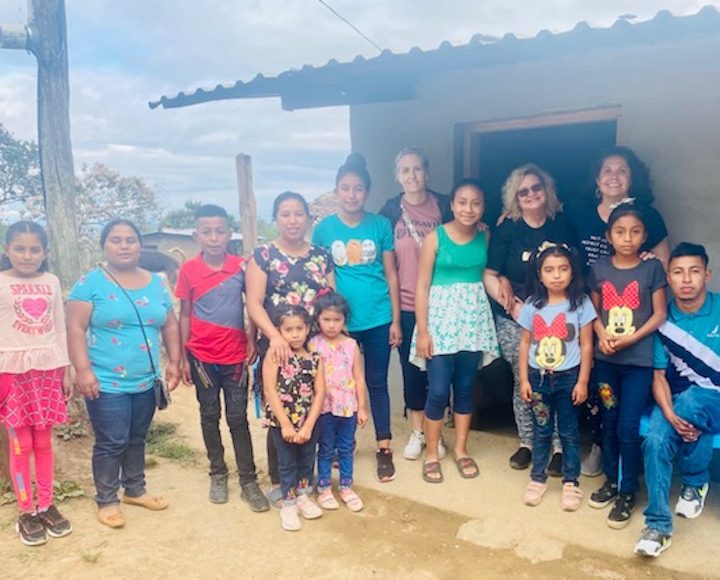
Hope and Education for Deaf Children: Nelsi’s Story
Last month, three of our Deaf Child Hope (DCH) staff members traveled to Honduras to visit two of our dedicated partners working tirelessly to support deaf children in need. These mission-driven teams provide critical resources, including education and community support, for deaf children living in extreme poverty.
Deaf children in developing countries face unique barriers to education and communication. Without access to sign language and specialized schools, they struggle with isolation and lack opportunities for growth. Through our child sponsorship programs, we are making a difference in their lives by helping them receive an education, learn sign language, and connect with a supportive community.
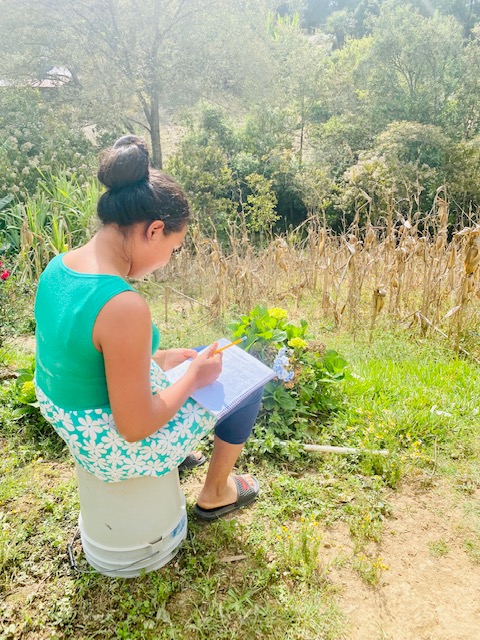
The Journey of One Special Girl: Nelsi’s Story
One such child is Nelsi. Her family lives in a rural farming village where her father teaches her how to cultivate coffee. However, for Nelsi to receive an education, she and her mother must travel between two and four hours each way to attend a deaf school in Tegucigalpa, the capital city.
Unlike hearing schools, where deaf children cannot fully engage with the curriculum, this deaf school provides an accessible learning environment. However, the daily journey is long and challenging. If they secure a ride to the bus station, they leave at 6 AM to arrive by 8 AM, switching buses multiple times. If no ride is available, they start walking at 4 AM to reach the bus stop. To support her daughter’s education, Nelsi’s mother works at the school, learning sign language alongside her child.
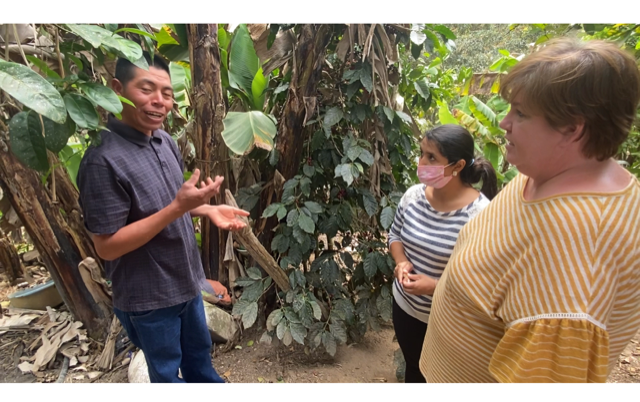
Overcoming Barriers to Education
When our team visited Nelsi’s home, they experienced firsthand the rugged terrain and difficult commute. Half the journey was on dirt roads winding through small mountain villages, often requiring stops for directions. When they arrived, Nelsi and her mother were waiting by the roadside, having already walked a considerable distance from their home to greet them.
Nelsi’s family lives off the grid, without electricity, plumbing, or direct road access. They rely on farming for sustenance and income. Despite these hardships, they welcomed our team with overwhelming hospitality, preparing a meal and sharing their home. This visit underscored the reality that without child sponsorship for deaf children, access to education remains a distant dream for many families like Nelsi’s.
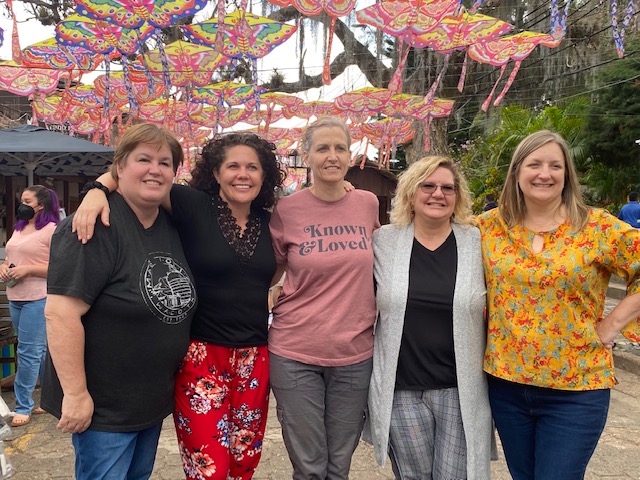
The Impact of Sponsorship: A Future of Hope
Thanks to sponsor a deaf child programs, Nelsi has access to education through her school, where she uses Honduran Sign Language (Lesho), closely related to American Sign Language (ASL). Through sign language, she can communicate her thoughts, dreams, and ideas—something she wouldn’t have been able to do without support.
During the trip, our team also visited another student, a sixteen-year-old girl who had once attended the deaf school but had been unable to return due to financial constraints. She now helps care for younger siblings, highlighting the ongoing need for sponsorship programs that allow children to continue their education. Supporting education for deaf children means breaking the cycle of poverty and ensuring a brighter future.
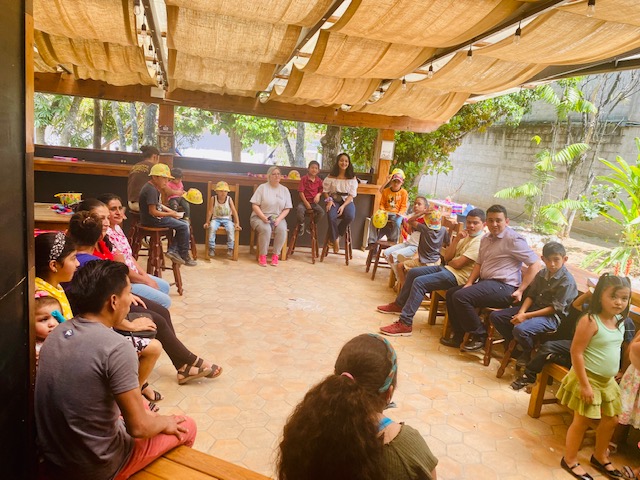
Why Sponsoring a Deaf Child Matters
Millions of deaf children in developing countries remain isolated without access to language or education. In countries like Honduras, where resources for special needs children are scarce, charity for deaf children is crucial. Unlike in the U.S., where laws like the IDEA and ADA ensure educational accommodations, no such protections exist for these children. Without schools that teach sign language, they remain disconnected from society.
Through child sponsorship programs, we can provide education, community, and hope. Sponsoring a deaf child not only helps them access learning but also fosters a sense of belonging and self-worth. It transforms lives—not just for the children, but for their families and communities as well.
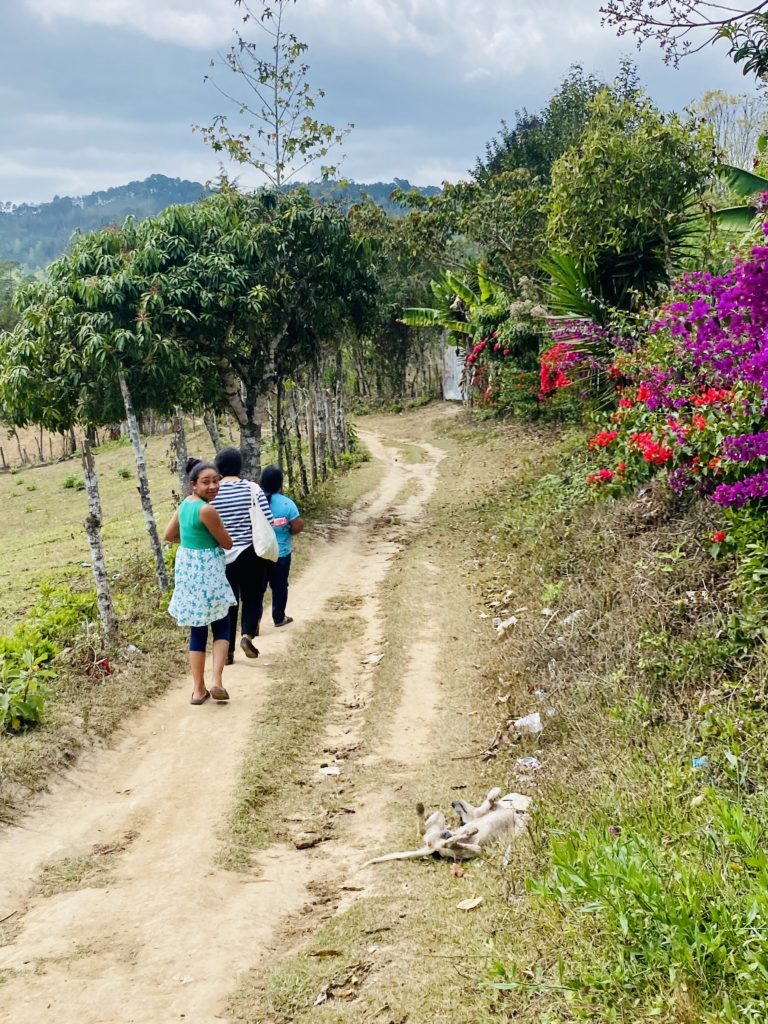
Join Us in Making a Difference
Our trip to Honduras reinforced the urgent need to sponsor a child in developing countries—especially deaf children who often go unnoticed. When you sponsor a child with special needs, you ensure they receive education, language access, and the opportunity to thrive.
Your support can change lives. Whether through a monthly sponsorship, a one-time donation, or simply spreading awareness about the challenges faced by deaf children in developing countries, every effort counts.
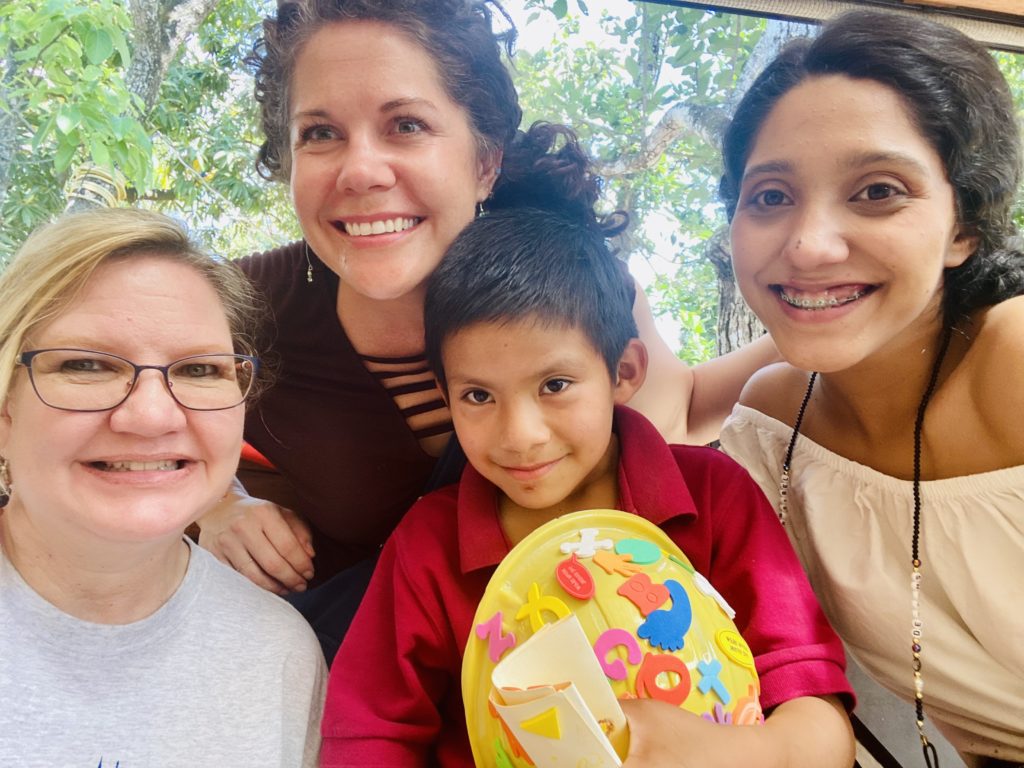
Ways to Help Deaf Children:
- Sponsor a deaf child: Provide long-term educational support.
- Donate to deaf children: Help fund schools, learning materials, and teacher training.
- Advocate for deaf children’s education: Raise awareness about the barriers they face.
Together, we can give children like Nelsi the tools they need to succeed. Why sponsor a child? Because every child deserves the chance to communicate, learn, and build a future filled with hope.
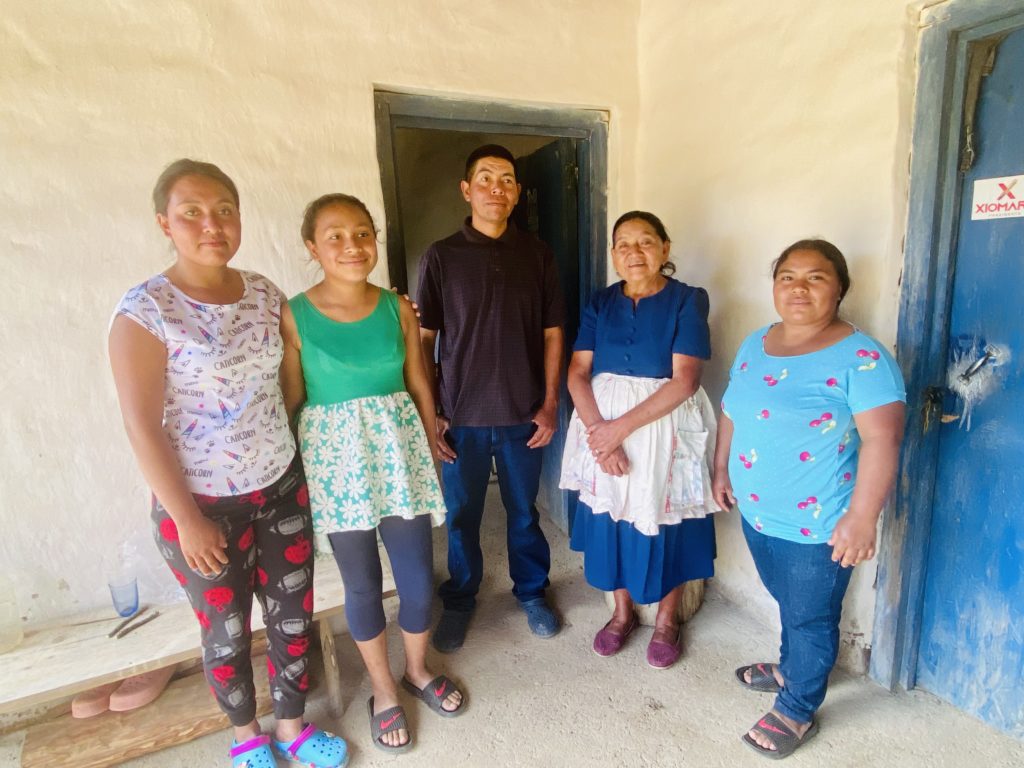
Next Post
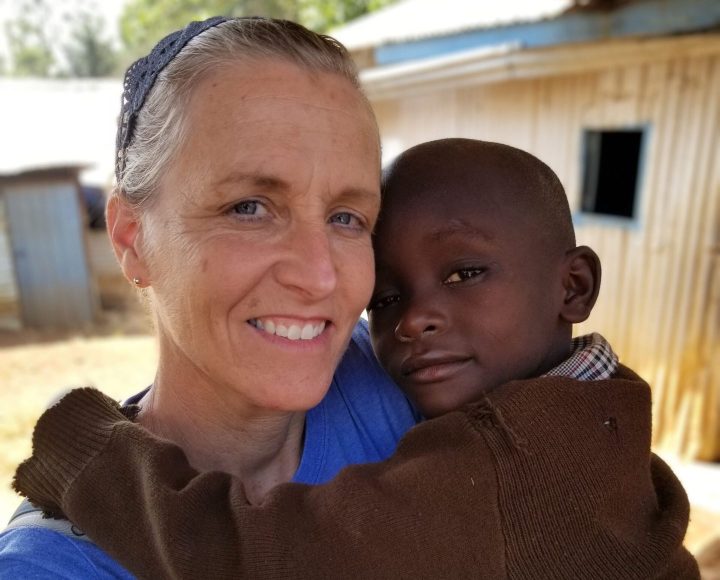
Why Are Mission Trips Important?
February 15, 2022
Sponsor a Child with Special Needs: The Life-Changing Impact of Mission Trips If you’ve never been on a mission trip to support education for deaf children, the concept might seem…
Continue Reading